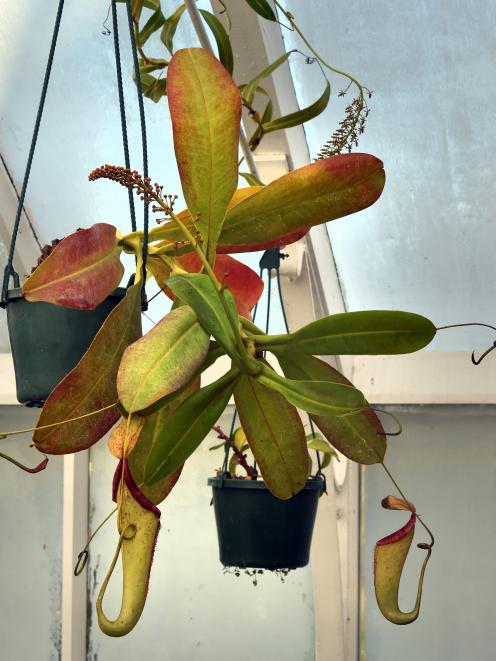
Some have turned the tables, enticing, trapping and digesting prey to get the valuable nutrients they need to grow. The digestion process for these plants is done by enzymes, some of which are thought to have changed from their original role in protecting plants from disease and predation
Most carnivorous plant traps are modified leaves, many of which will mechanically shut or curl inwards after receiving electrical signals from sensory hairs triggered by the prey. Bladderworts (Utricularia) float in fresh water and wet soils and have bladders (modified roots) to entrap their prey. In some species these bladders are small enough to sense and trap single-celled organisms, and others are large enough to trap tadpoles. Sundews (Drosera) have sticky tentacle-like glands on their leaves that capture prey and digest them.
Another example of securing essential nutrients is used by the pitcher plant (Nepenthes). The largest of this genus, Nepenthes rajah, grows pitchers that can hold up to 3.5 litres of water that can trap and kill small mammals, but for the most part it seems to have a mutualistic relationship with them. In this instance mountain tree shrews and summit rats use the pitcher as a toilet while licking the nectar on the lid. The droppings provide a rich source of nutrients.
You can see Nepenthes and Sarracenia, examples of pitcher plants, growing near the fish pond in the Winter Garden.
Garden life is produced by Dunedin Botanic Garden.
For further information contact Saskia Rushton-Green










